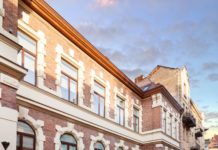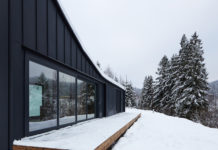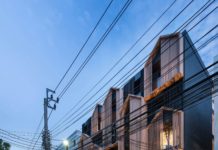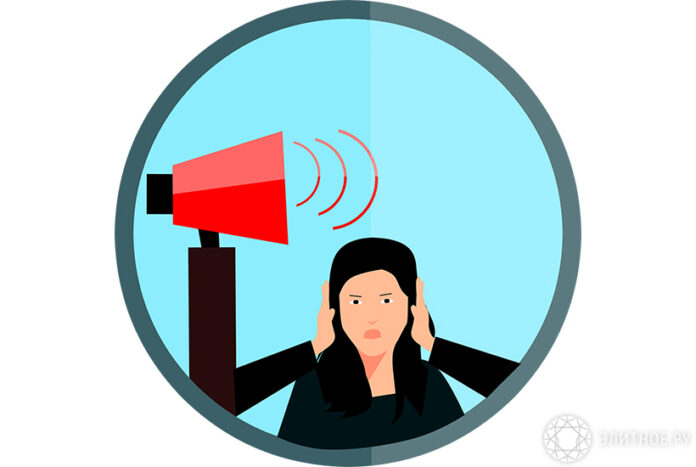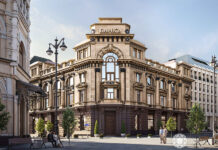The weakest sound insulation is in Khrushchev, better – in panel high-rise buildings and “Stalinka”, and monolithic new buildings are in the lead
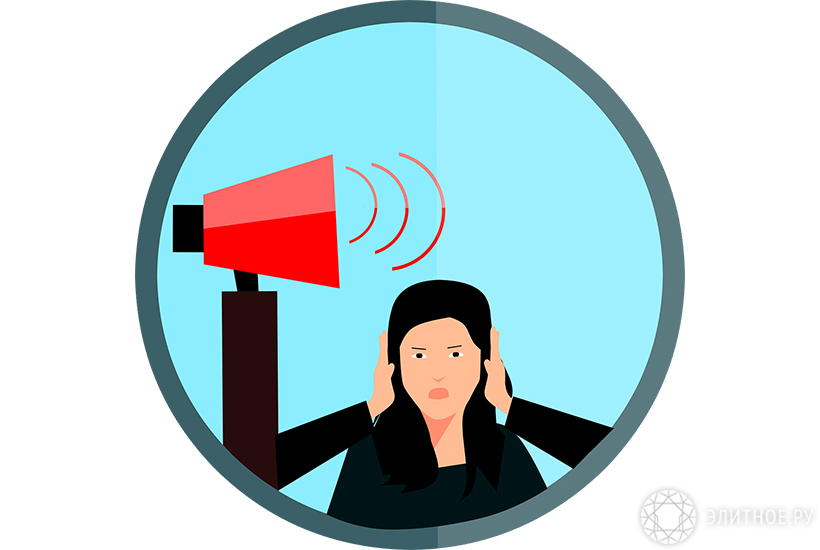
For residents of megacities, noise is an integral, but far from the most pleasant part of life. It provokes stress and insomnia, causes problems with the cardiovascular system. Therefore, the absence of extraneous noise in the apartment is very important. At the same time, the sounds from the street – the roar of cars and the rumble of trains – often disturb residents much less than from neighboring apartments. Especially if lovers of loud music and noisy parties live nearby. And in new buildings in the first few years there is no escape from the sounds of repair. Most of all, the design features of the house affect the sound permeability of housing. Experts of the Elitnoye.ru portal, using data from the Metrium company, talk about the noise level that exists in different types of houses and how you can protect yourself from it.
Khrushchev houses
Khrushchev houses have the weakest sound insulation. Such houses were built using very thin large-format panels. In addition, due to the high rate of construction of standard houses in the 1950s and 60s, the quality of work was often low. Between the structural elements there were many cracks and gaps. At the same time, brick Khrushchevs are usually just as noisy as panel or block ones. The builders saved money and used just enough cement to keep the walls from collapsing like a house of cards. Therefore, there are many empty cavities that let sounds through freely.
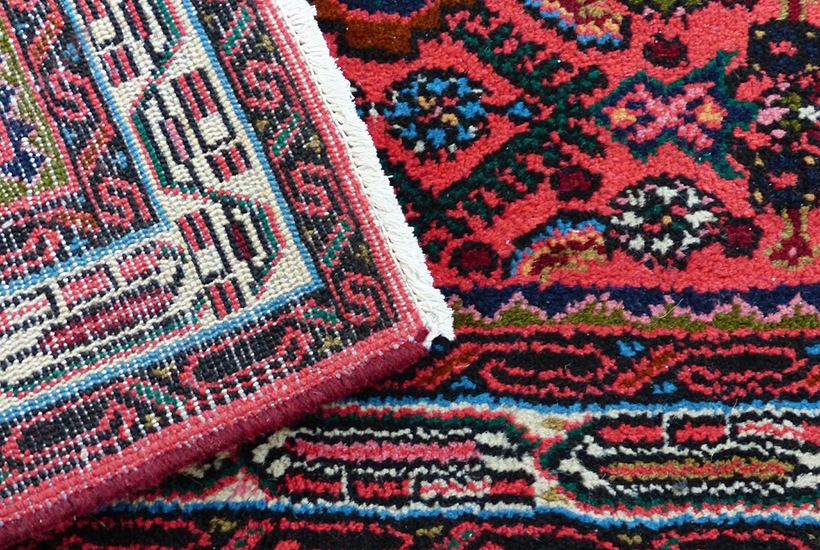
Poor sound insulation even became one of the reasons for the fashion for carpets in the USSR. People hung them on the walls so that they screened out sounds from neighboring apartments. But for reliable protection against noise, it is required to seal the gaps around the perimeter of the premises with gypsum putty or cement mortar. Mounting foam for these purposes is not suitable. It has low sound insulation performance and is also highly flammable. If these works were not enough, then you need to finish the walls with ZIPS panels. sq. meter, depending on the design and characteristics, will cost 3.1-4.7 thousand rubles. The index of additional sound insulation for airborne noise will be 11-21 dB.
Multi-storey panel houses
In multi-storey panel houses, the level of sound insulation is higher, but not by much. The buildings were built using empty reinforced concrete slabs that can only partially dampen low sounds. However, panel high-rise buildings are better than Khrushchevs in terms of the thickness of the ceilings and the quality of the installation of structures. Noise from neighbors usually comes from places where switches and sockets are located. Often they were mounted simultaneously in two neighboring apartments, making through holes in reinforced concrete slabs. Through such a channel, sounds easily penetrate. To get rid of them, you will have to dismantle the switches and sockets, install a washer made of asbestos and mineral wool into the cavity behind them, making the space airtight. The main thing is not to forget to leave room for new switches and sockets.
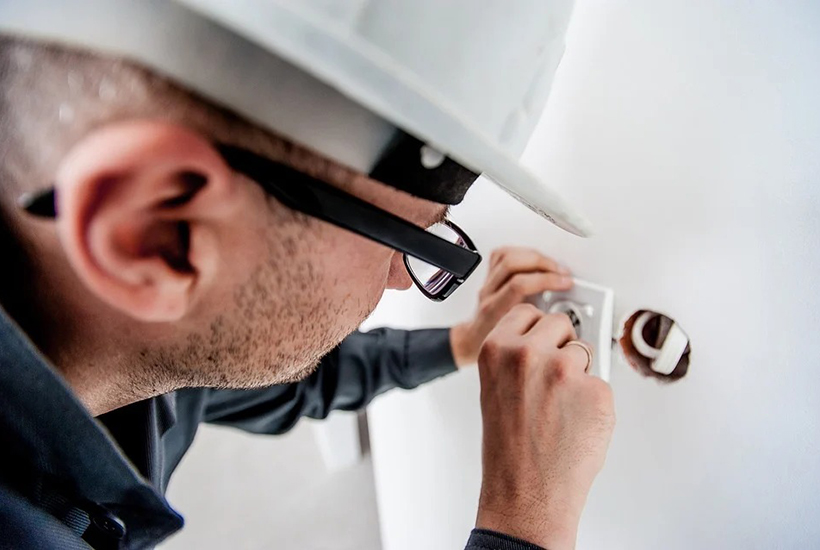
Also, noise often occurs at the water and heating riser. According to the standards, builders seal the annular space with a non-combustible material that can absorb sound. In practice, only mineral wool or cement mortar is used, which causes gaps to form over time. Noises and unpleasant odors penetrate through them. To close the gap, it is necessary to remove the cement where the riser passes in the slab, and then wrap the pipe with asbestos cloth or fiberglass. Also, sounds can pass through deformation cracks that occur between the plates over the years. To eliminate this problem, you will have to remove the wallpaper, close the detected gaps with putty, let it dry and apply a layer of acrylic sealant on top.
“Stalinka”
As a rule, “Stalinki” were built of brick, which almost does not let in sounds. But sound insulation also depends on the internal partitions. In some houses, they, like the load-bearing walls, are brick. In such apartments there is practically no extraneous noise. But in many “Stalinka” internal partitions are made of wooden boards (shingles), which has a bad effect on the level of sound insulation. Often the space between the plank walls is covered with slag, which settles over the years. As a result, voids form at the top, and they perfectly conduct sound. Then the hollow upper gap should be filled with sealant, after which it is desirable to install a metal frame, sound-absorbing plates on the wall and sheathe the structure with drywall. Soundproof frame cladding will cost 3-4 thousand rubles per square meter. meter. The index of additional sound insulation for airborne noise will be 22-26 dB.
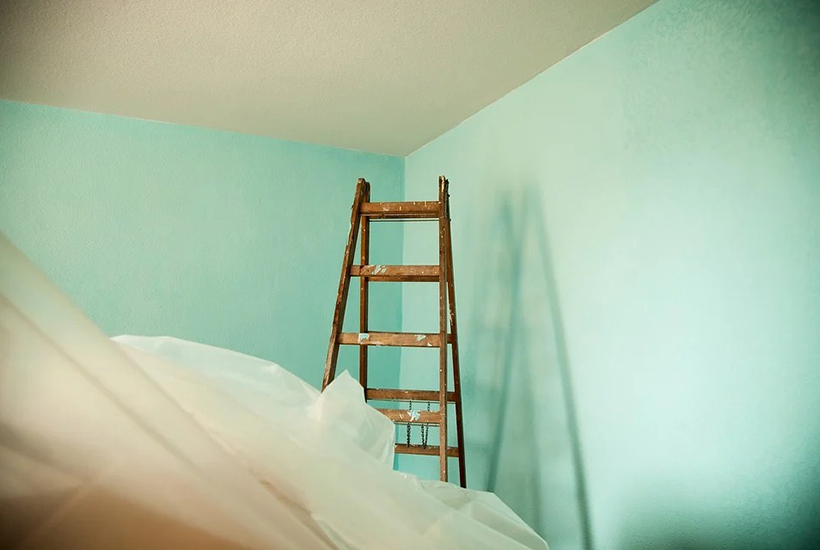
Monolithic new buildings
Modern houses are built mainly using monolithic technology. Therefore, most new buildings have good sound insulation. Thick and massive concrete walls effectively dampen airborne noise: music, conversations, working household and video equipment, barking. However, the reinforcement and the solid structure of floor slabs and inter-apartment partitions contribute to the rapid transmission of shock waves: the clatter and sounds of a hammer, drill, perforator.
If the developer saved on the thickness of the walls and did not perform sound insulation, only repairs will help eliminate the noise. It includes a concrete floor screed, ceiling mounting on vibration suspensions, wall cladding with gypsum-fiber sheets. If the developer sells an apartment with finishing, then such housing must be rented out with sound insulation ready. According to the set of building rules, ceilings between housing premises should pass no more than 60 dB, partitions and walls between apartments – 52 dB, between rooms and bathrooms – 47 dB, partitions without doors – 43 dB. Some companies make additional sound insulation under the screed using mineral wool materials 2 cm thick. This gives another 15-25 dB in excess of the standard values of protection against extraneous sounds.
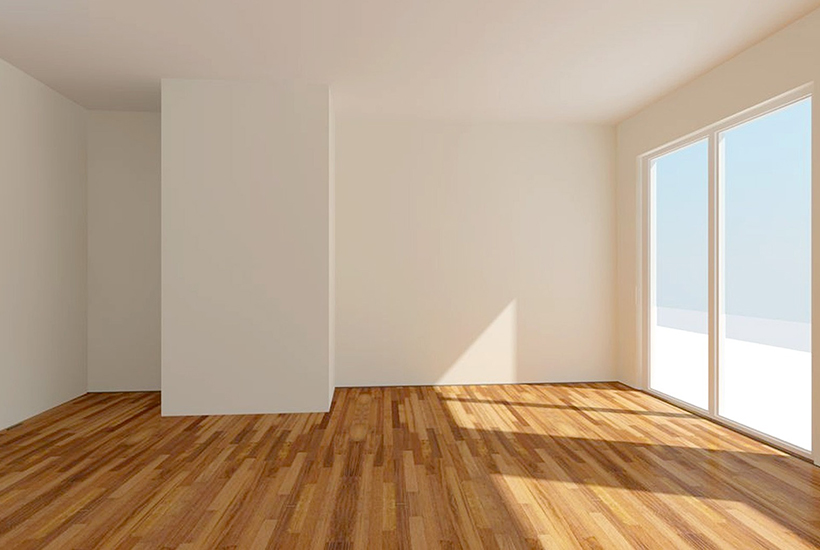
People's susceptibility to noise varies, so everyone personally decides whether additional sound insulation is needed, and whether life will become more comfortable from this. If sounds are still disturbing, then you need to understand which ones. The problem with loud conversations and music in a neighboring apartment can be solved by soundproofing adjacent walls. Just don't use plastic fasteners. They conduct sounds, which will negate the benefit. Also, foam rubber, polystyrene foam, polystyrene should not be used. Such materials are effective for thermal insulation, but they will not save you from noise. Keep in mind that only the complex finishing of all surfaces with protective materials can protect against impact noise, including noise from the vibration of a stereo system, moving furniture and a working screwdriver – creating an impenetrable “room within a room”.
there is a channel in Telegram.
Subscribe!


